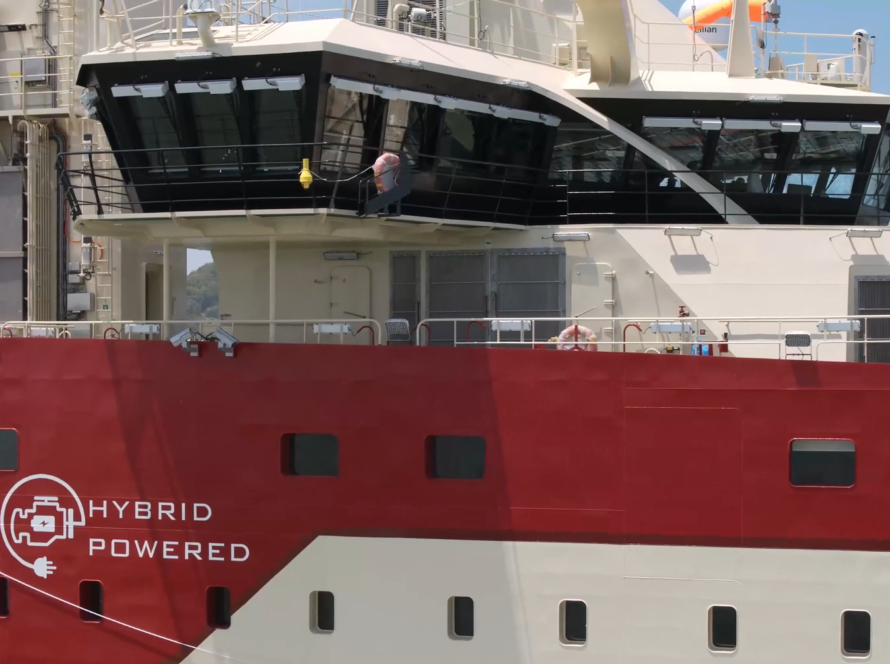The world of maritime exploration and industry has undergone a transformative shift with the emergence of Unmanned Marine Vessels (UMVs). These technological marvels, devoid of human crew, navigate the seas autonomously, performing a multitude of tasks ranging from scientific research to commercial operations, revolutionizing our approach to maritime activities.

The Evolution of Unmanned Marine Vessels:
UMVs come in various forms, from compact autonomous surface vessels (ASVs) to sleek unmanned underwater vehicles (UUVs) and aerial drones that monitor marine environments. These vessels are equipped with cutting-edge technology, including advanced sensors, artificial intelligence, and robust communication systems, allowing them to navigate, collect data, and execute tasks with high precision and efficiency.
Diverse Applications of UMVs:
Scientific Exploration: In the realm of scientific research, UMVs play a pivotal role. UUVs equipped with sophisticated sensors and cameras dive into the depths, mapping the ocean floor, studying marine life, and collecting data on ocean temperatures, salinity, and currents. These unmanned vessels contribute significantly to our understanding of marine ecosystems, climate patterns, and geological features.
Commercial Operations: In the commercial sphere, UMVs are employed in various industries. They aid in offshore oil and gas exploration, conducting surveys, and inspections of underwater infrastructure such as pipelines and rigs. Their use minimizes risks associated with human operations in hazardous environments, reducing costs and enhancing safety measures.
Environmental Monitoring and Conservation: UMVs are instrumental in environmental conservation efforts. They monitor marine pollution, track changes in biodiversity, and contribute to efforts to protect endangered species. These vessels are crucial tools in safeguarding delicate ecosystems and enforcing marine protected areas.
Advantages and Challenges:
The benefits of UMVs are abundant. They can operate tirelessly for extended periods, covering vast expanses of water without the need for rest or sustenance. Their ability to access remote and inhospitable areas makes them indispensable in scenarios where human presence might be impractical or risky.
However, challenges persist. Issues related to regulatory frameworks, concerns about cybersecurity, and the complexities of integrating autonomous systems into existing maritime operations pose hurdles. Moreover, ensuring the safe navigation of UMVs amidst other vessels and unpredictable marine conditions remains a priority in their development and deployment.
The Future of Unmanned Marine Vessels:
Looking ahead, the future of UMVs appears promising. Advancements in artificial intelligence, sensor technologies, and renewable energy sources are expected to enhance their capabilities further. Increased autonomy, improved energy efficiency, and more sophisticated data processing will enable UMVs to perform even more complex tasks, expanding their role in marine research, industry, and conservation efforts.
In conclusion, Unmanned Marine Vessels represent a significant leap in maritime technology, revolutionizing the way we explore, exploit, and conserve the oceans. As these vessels continue to evolve and overcome challenges, they will undoubtedly play an increasingly vital role in shaping the future of maritime activities, contributing to scientific discoveries and sustainable management of our oceans.


